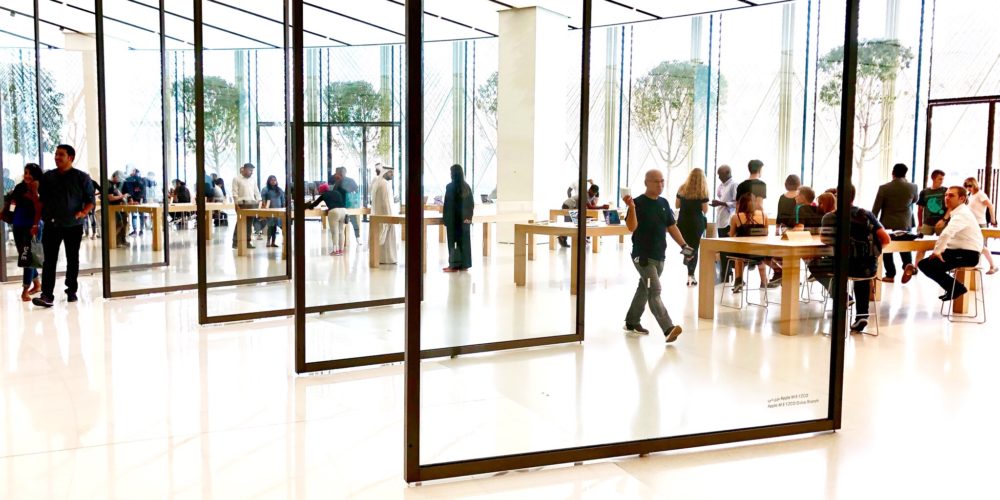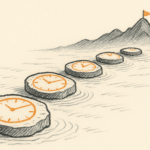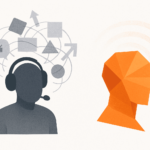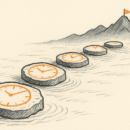Lessons in customer experience from a trillion-dollar company

I often look at how badly so many companies do this thing called “customer experience” and I wonder. Do you guys understand the power, the unique value of having customers who take joy in the experiences you give them – instead of feeling frustration and anger?
If you did understand, why would you regard your customers as though they are suckers to be fooled into buying; line them up like cattle; offer the minimal acceptable product; hire the cheapest people; and locate in the least salubrious places?
Why, indeed, would you behave like a hawker on a beach selling to tourists you never expect to see again, even though you are a big business?
Lifelong customer bonds are the holy grail of business. They are what the best and the brightest try to develop and nurture. They separate players from winners, those who just show up from those who dominate. If you don’t believe this, why don’t you look at the world’s most valuable company?
I recently popped into an Apple Store with the family in a major city. It was huge, spanning two floors of the leading mall, located in the highest-rent part of the metropolis. As we walked in, a blue-shirted employee immediately made eye contact and walked up to us smiling. We had a complaint, though – an iPhone was losing charge unusually rapidly.
The same person looked over the phone, ran a couple of quick tests, and told us this was a known issue. Apple would therefore replace the battery for a nominal charge. It would take only 24 hours, and I would be notified as soon as the job was done.
Would we care to look at anything else, she asked? We mentioned a couple of things. She accompanied us throughout, showing us different items on display or on her special hand-held device. We found a couple of items to buy, and the same employee checked them out, right where we were – no queueing at a payments counter. Her device did the needful, and a receipt pinged up in my email seconds later.
While chatting with us, she dropped various things into the conversation: free learning sessions for youngsters that teach photography skills and video editing; and an SME business service for me with special benefits.
She was one of dozens of highly engaging, highly diverse employees running around the store. They were all well trained and knowledgeable; looked eager and willing to serve; and between them spoke a wide range of languages. Indeed, the place looked nothing like a store. It was laid out more like a community space where people meet and interact.
I left marvelling at the thinking. The most expensive location; the best people, deployed in large numbers; quick acceptance of a fault in the product, and a costly remedy offered without needing to fight for it. This, to many businessfolk, is dumb, no? Why spend so much?
It’s not dumb at all; it’s extremely sharp thinking. Apple turned its smartphones (and pretty much every product it makes) into luxury items, in a market that traditionally sold just on specs and utility, not brand or reputation. The more than 500 Apple Stores across 24 countries are central to this strategy. Apple’s products may be great, but there is equal investment in customer experience. The stores provide a high-end, high-touch part of the overall experience. They are used to position the brand, to cross-sell, to create relationships.
It’s not perfect, mind. I have been to Apple Stores that were so overcrowded that no meaningful experience could be had. The consistency of experience certainly does not always extend to retail partners and resellers not owned by Apple. And customers are often forced into buying high-cost accessories once in the system. But the point is, this company invests in giving its customers unmatched experiences, and keeps trying to do it better.
Where does it pay off? In units sold; in selling prices and gross margins competitors can only dream about; in a captive core of one billion global customers (and their credit cards) who can be migrated to new products and, increasingly, to subscription services like music, TV, cloud storage and payments.
As I write this, Apple has crossed the trillion-dollar valuation mark. It sits on a cash pile governments can’t match. All because it understands customer relationships and customer experiences, and invests in lifetime bonding.
So where do you sit? With those who do as little as possible for customers, or with those who regard them as the whole point of the business?
(Sunday Nation, 12 August 2018)

Buy Sunny Bindra's new book
The X in CX
here »
Popular Posts
- Where are you rushing to—your funeral?June 29, 2025
- The map will appear—once you start walking.July 6, 2025
- We’re letting the bad drive out the goodJuly 20, 2025
- How to spot a real thinkerJune 15, 2025











